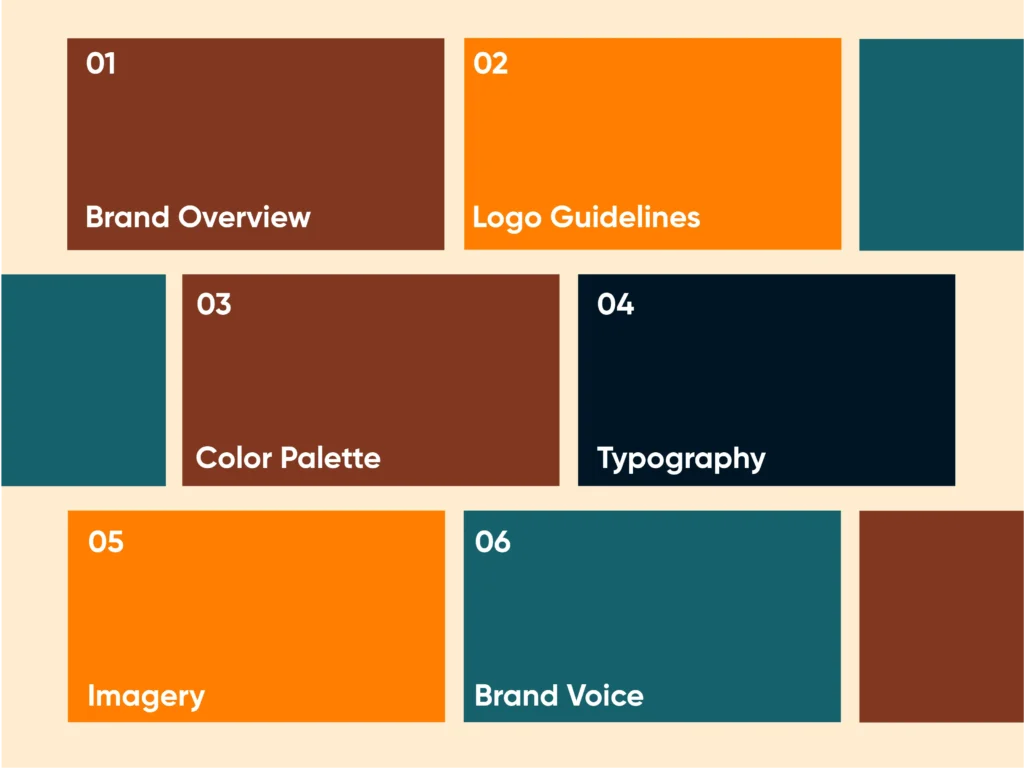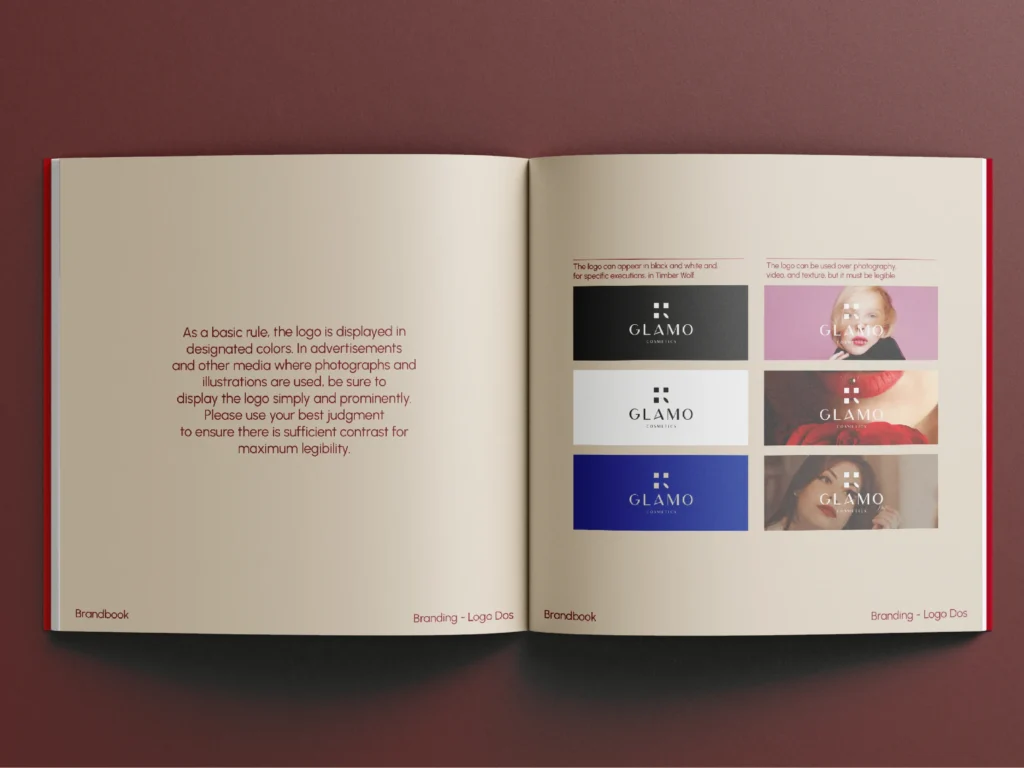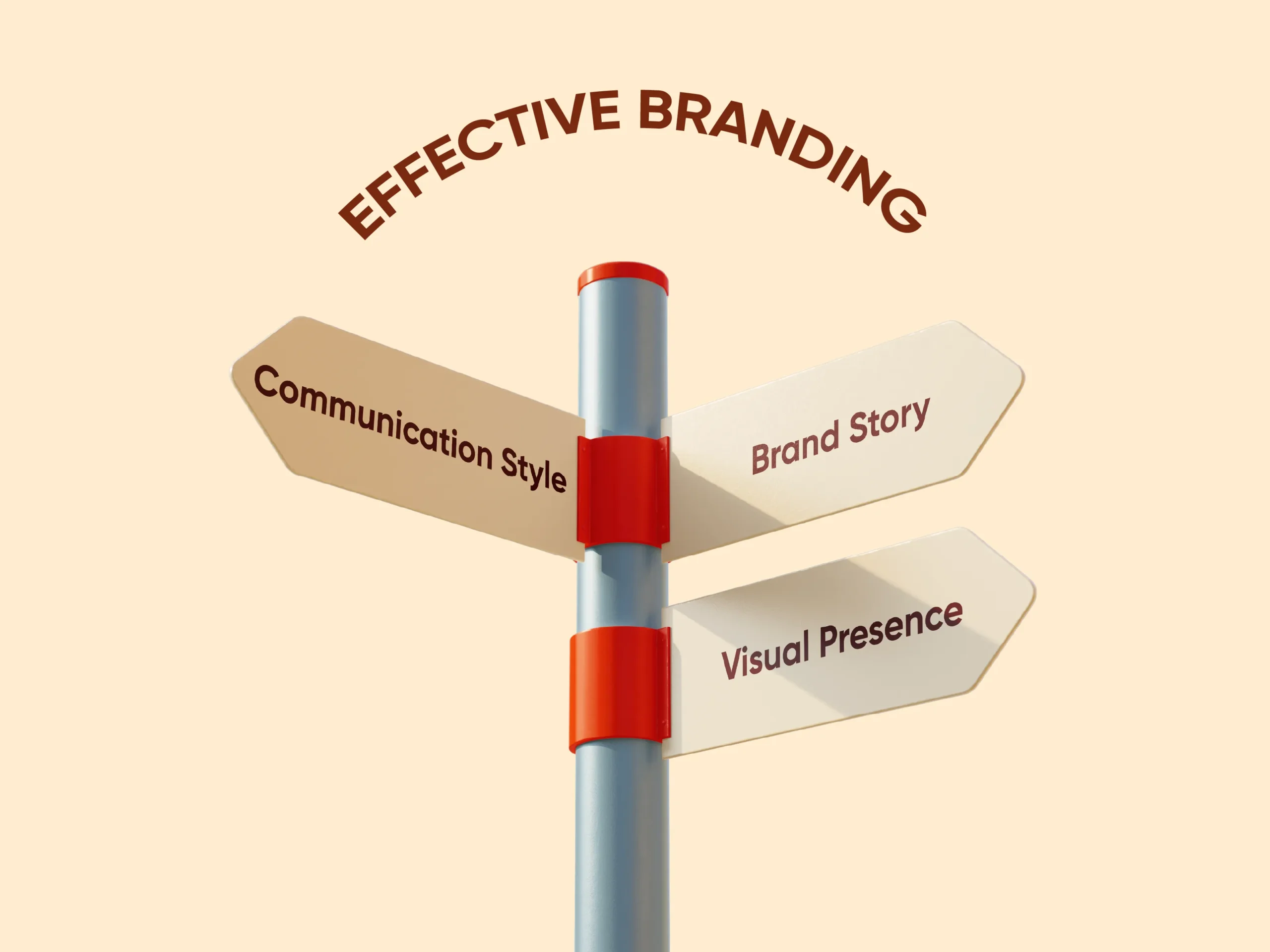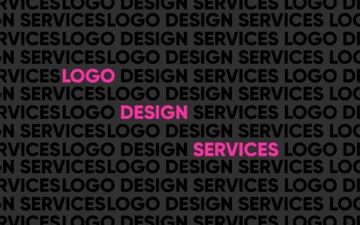Have you ever felt that your brand’s message isn’t resonating as it should? Did your UI/UX designer ask for your brand book, and you don’t have one? You might be wondering if it’s really necessary. Just like you, many businesses overlook the power of a brand book, but it’s a critical tool for aligning your team and presenting a cohesive brand image. Join us as we explore what a brand book entails, why it’s crucial for your branding efforts, and how you can create one to bring your brand’s vision to life. Ready to find out more? Keep reading!
What is a brand book?
A brand book is a comprehensive resource that provides guidance on how your brand should be represented across varying media and official documents. It can be for your internal team members, external partners, investors, and customers.
Not The Same! Brand Book vs. Style Guide
If you google the definition of a brand book, you may come across several pages that equate it with a style guide. However, there is a slight but important difference between the two. A brand style guide is a subset of a brand book, focusing solely on the visual aspects of a brand. In contrast, a brand book is much more comprehensive, encompassing guidelines on brand messaging and verbal standards in addition to visual elements.
Why does your business need a brand book?

Several start-ups or local companies may not invest in brand development and rather direct their focus on their product. However, many businesses have already grasped the significance of a consistent brand in today’s competitive market. While professional branding will provide you with a brand book, some brands still do not have a written list of guidelines explaining their stance. Let us explain how a brand book adds value to your business:
- Communication and connection: A brand book helps communicate your brand story, standards, and guidelines to your team and audience. Through it, readers establish a deeper connection with the brand and understand the reasoning behind brand decisions.
- Codification and standardization: A brand book helps you set rules and standards that specify your brand.
- Reference: A brand book is also a reference to brand guidelines and can make the lives of designers, developers, and project managers much easier. Corporations with international presence can benefit from online brand books, available to designers working in different countries.
- Consistency: When the standards are set and perceived by everyone in the team, the brand will maintain its cohesiveness and represent a consistent image.
- Maintenance and protection: A brand book can also help direct brand perception. Once every design element adheres to the brand standards, you eliminate the risk of misrepresentation by having one.
Key Elements of a Brand Book

Devising a brand book alongside commonalities varies depending on the brand industry, target audience, and company size. While a start-up may only need a single-page brand guidelines document, a fifty-page brand book may not accommodate guidance on a popular brand. Therefore, designing a brand book requires the consideration of the following factors:
- Who is it for?
- What type of a brand is it?
- To what extent do you need to dive into brand details? (It is not feasible nor advisable to include every case)
To give you an example, if you are going to design it for your teammates, you must include all the necessary guidelines. On the other hand, if the brand book is for a target audience, you must avoid industry jargon and appeal to every reader. After deciding on your answers, it is important to note that a brand book generally consists of three sections: Brand introduction, visual guidelines, and communication guidelines. The key to a handy brand book is to strike a balance between being too limited and too extreme.
Brand Introduction
Almost every brand book introduces the brand with brand history, the story behind its establishment, brand owners and who they target, brand vision, and mission. This introductory section works best at deepening the communication a brand has with its audience. Furthermore, it provides the top reasons why a brand exists, beyond financial growth.

As necessary as it is, some super popular brands still omit this part as their brand is already established and well-known to everyone.
Brand Story
This is where you have the opportunity to present your company and your values. Here the audience falls in love with your personal story and why you exist as a company.
Brand Mission
A brand mission statement is usually a sentence-long statement of a brand’s stance in the industry and its approach to achieving it.
Brand Vision
A brand vision statement deals with the future goals of a brand and how it hopes to evolve.
Visual Guidelines
A brand book acts like a user manual to guide a brand’s audience in correct brand perception. Visual guidelines refer to guidelines on the usage of elements used to represent a brand. These include logo guidelines, space and layout rules, fonts, color, photography treatment, and any other visual elements. There is no specific order in arranging the sections but usually, logo standards come first and follow brand introduction.
Logo Usage Guidelines

A brand guideline should provide detailed instructions on the correct usage of the logo. It should inform on:
- color variation rules,
- logo minimum size,
- spacing adjustments (When you go over the spacing section, you can find specifications on the minimum amount of space surrounding the logo),
- how to use the logo on different backgrounds (dark, colored, patterned),
- logo variations (logomark and logotype) and guidance on where and when each logo variation should be used,
- practical examples of correct and incorrect use of the logo in various cases (also called Dos and Don’ts).
These guidelines prevent the logo from being recolored, resized, stretched, or misused.
Color Usage Guidelines

In this section, you can access both primary and secondary brand colors along with their HEX, CMYK, and RGB codes. This information is crucial for designers working on collateral materials like email templates, as it ensures the accurate reproduction of your brand colors. By providing these codes, you prevent color discrepancies and maintain consistency in your brand’s visual identity
Stationery System

Including a stationery system in your brand book ensures brand consistency and visual appeal. A stationery system refers to a business card, letterhead and envelope, pens, pencils, badges, and backpacks.
Typography

You may have one or several brand fonts used for different purposes. A brand book should include the names of these typefaces, both primary and secondary, and specify their usage. In a comprehensive brand book, you should find instructions on text alignment preferences, line and letter spacing, text color, and styles to be applied. For instance, in the following image, Trap is used as a primary typeface for headlines, whereas Nohemi is used for the body text. Any other design such as a social media post should not deviate from these fonts to represent a consistent brand image.
Communication Guidelines
Although visual elements are communicational, other non-visual elements like tone of voice come under this category. As the name suggests, communication guidelines guide how you should communicate your brand. As an example, which adjectives should you use? Which verb tense best goes with your brand identity? Which stickers should you pick for your social presence?
Language and Verbal Expressions

You should include the official language you communicate with your audience in your brand book. Alongside that, try to provide a list of vocabulary specific to your audience.
Tone of Voice

Think of your brand as a person; does Taylor Swift speak the same way as Donald Trump? That’s exactly why you should maintain a single unique tone of voice. You cannot talk to your audience with different tones. This will only confuse your base and imply varying and at times opposing characteristics.
Communication Style

Specify what your verbal communication styles are. If writing is your main communication medium, give instructions on sentence length, structure, and level of complexity. Identify a message type that reflects your brand’s nature, such as informational or promotional. Include how might storytelling be applied to your brand communication.
What tools can you use to create a brand book?
To design a brand book or style guide, you can use Illustrator or In-Design or make it easier with ready-to-use templates from Etsy, CreativeSoup, etc.
If you are looking for visual inspiration for brand book design, check out The Branding Style Guides archive.
How can Abron help you get your brand book?

You cannot trust people who claim to be experts in this field, but you can see it for yourself. We have designed thousands of brand books with excellence and would be happy to share them with you. Our prices are directly based on the project scope, timeline, and number of deliverables. If you want to experience quality service filled with care, you are in safe hands at Abron. To start, Let’s have a conversation to discuss your project and study your needs before we send you a proposal alongside the price. Message [email protected] to get a quote.
Read more posts here.





